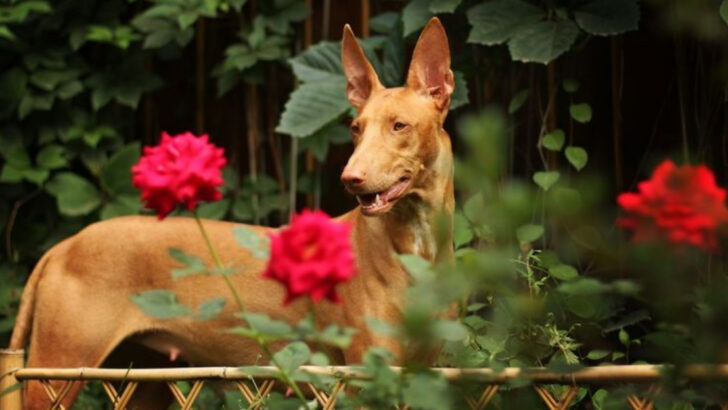Some dogs haven’t changed in thousands of years—because they never needed to.
Before leashes, squeaky toys, or couch privileges, these breeds were already thriving. Tough, loyal, and wired for survival, they hunted, guarded, and roamed beside early humans long before anyone thought to name a breed.
Their instincts are raw. Their loyalty runs deep. And while your labradoodle might cry when you leave for work, these dogs? They’d track you across a mountain range if they had to.
Meet the 17 most primitive dog breeds—ancient companions with wolfish hearts and wild memories in their bones.
Basenji
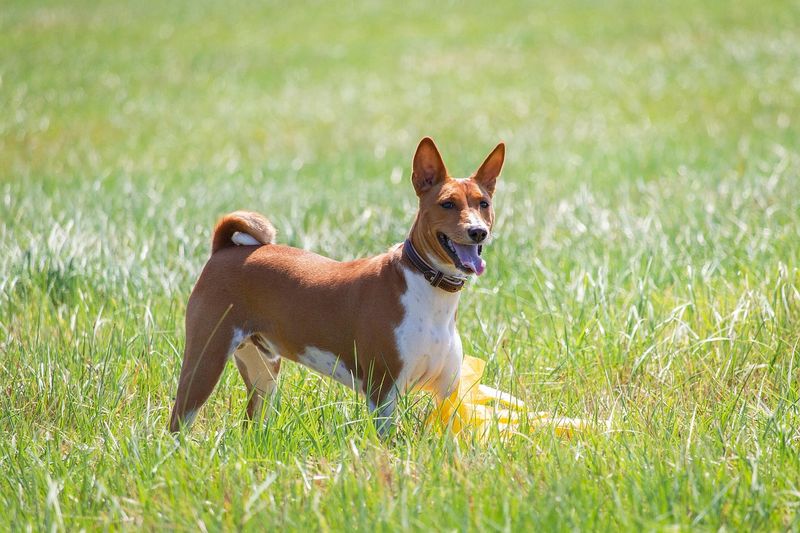
The Basenji, known for its inability to bark, stands out with its yodel-like vocalizations. Originating from Central Africa, this breed was once used for hunting small game. Its sleek coat and curled tail are iconic.
The Basenji is an independent thinker, often compared to a cat in its grooming habits. Despite its aloofness, it forms strong bonds with its family.
Did you know? This breed is often depicted in ancient Egyptian art, highlighting its long-standing relationship with humans. Truly, the Basenji is a fascinating blend of history and charm.
Akita

The Akita, hailing from the mountainous regions of Japan, is a symbol of loyalty and courage. This breed served as a guardian for Japanese royalty and was even used for hunting bear.
Its plush double coat and imposing presence make the Akita a striking figure. Beyond its physical attributes, the Akita is deeply loyal to its family, often forming unbreakable bonds.
Fun fact: In Japan, a statue of an Akita is often given as a gift to signify friendship and good health. The Akita’s legacy is one of protection and devotion.
Canaan Dog
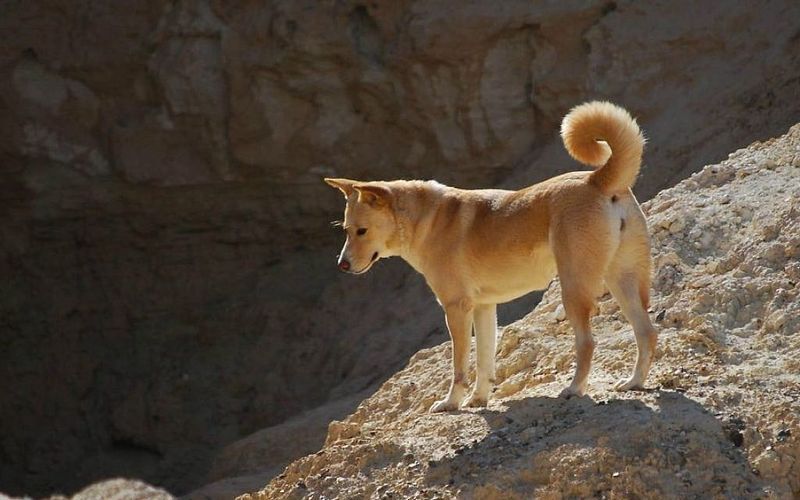
The Canaan Dog, native to the Middle East, is a testament to resilience and adaptability. With origins as a wild pariah dog, it has transitioned into a loyal companion.
Its keen senses and alert nature made it an ideal guard dog for nomadic tribes. Today, it retains its vigilant demeanor while being affectionate with its family.
Historically, the Canaan Dog was used for herding and guarding livestock, showcasing its versatility. Its unique history adds depth to its role as a modern-day pet.
Shiba Inu
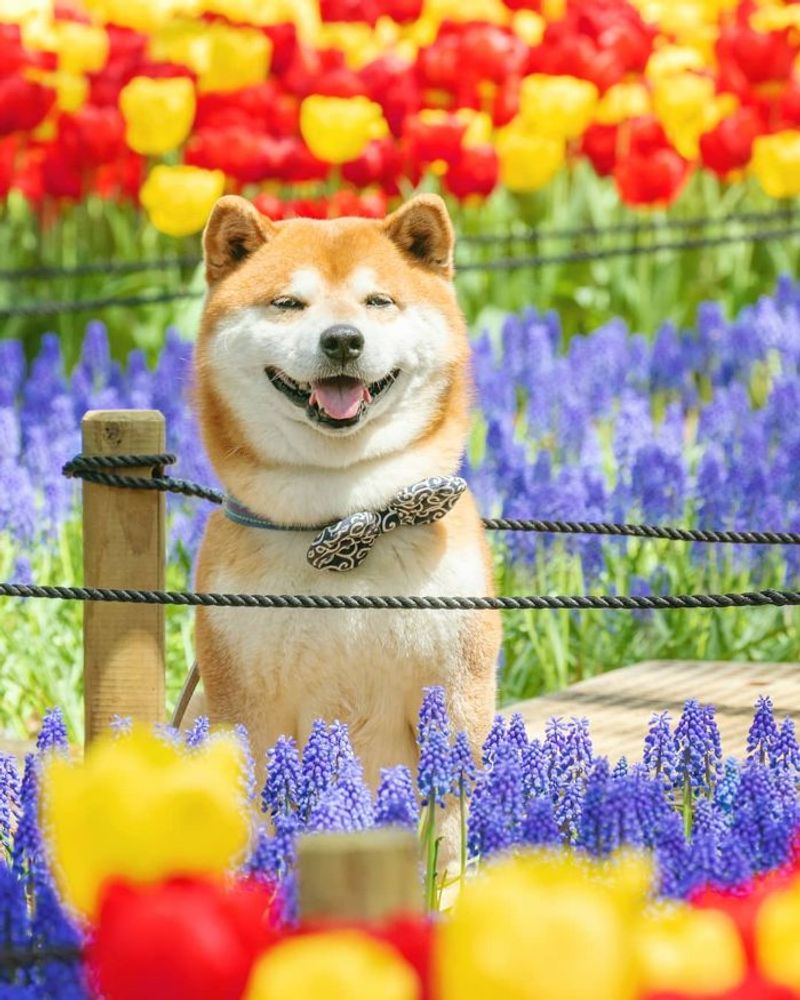
Shiba Inu, Japan’s smallest native breed, is cherished for its spirited personality and agile nature. Known for its fox-like appearance, the Shiba Inu is both charming and independent.
This breed’s origins as a hunter of small game are evident in its alertness and quick reflexes. Despite its ancient roots, the Shiba Inu adapts well to modern life, making it a popular pet.
In Japan, the Shiba Inu is considered a national treasure, representing strength and agility. Its playful demeanor continues to win hearts worldwide.
Chow Chow
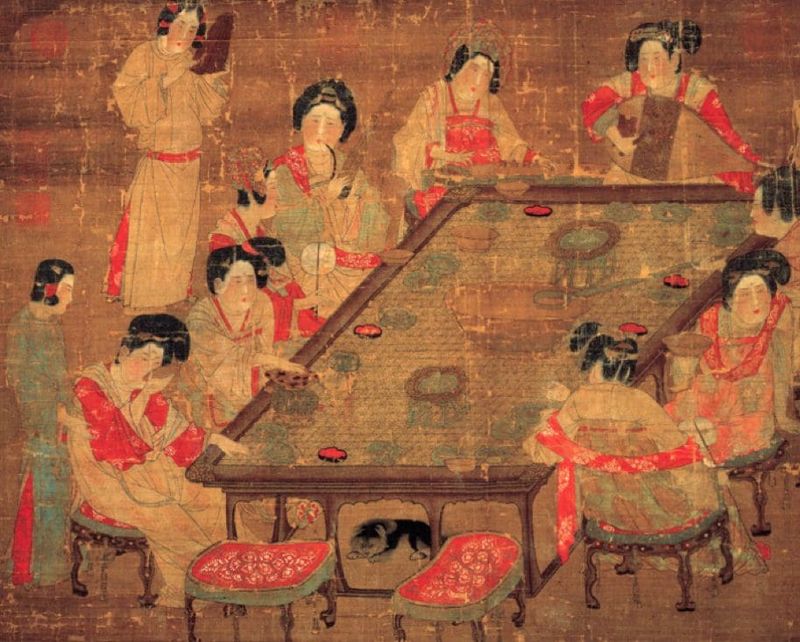
The Chow Chow, distinguished by its lion-like mane and blue-black tongue, is a breed steeped in history. Originating from northern China, it’s one of the world’s oldest dog breeds.
Known for its reserved nature, the Chow Chow is dignified and independent, often compared to a cat. Its loyalty to family is unwavering, despite its aloof demeanor.
In ancient China, the Chow Chow was a valued companion of the nobility. Its rich history and unique appearance make it a breed of timeless allure.
Alaskan Malamute
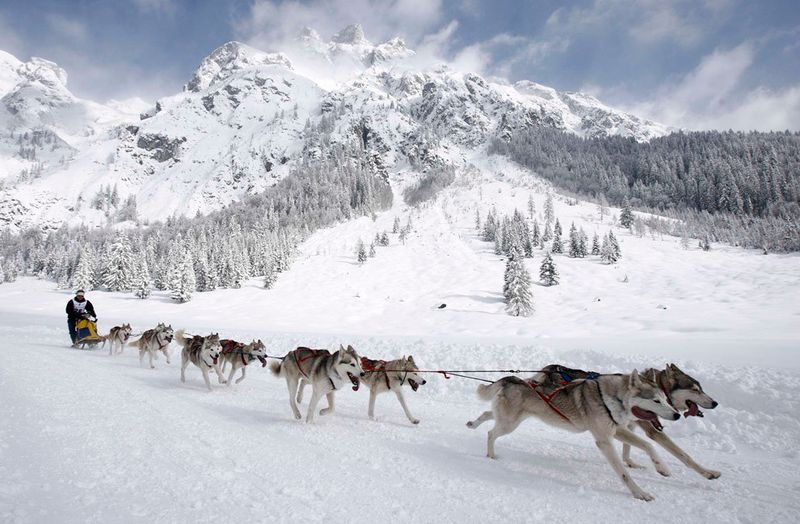
The Alaskan Malamute, a powerhouse of strength, is bred for endurance and resilience. Native to Alaska, this breed was originally used for hauling heavy freight.
Its thick, weather-resistant coat and strong build make it well-suited for harsh climates. Despite its working origins, the Malamute is affectionate and playful with its family.
As a symbol of endurance, the Alaskan Malamute’s rich history is intertwined with the snowy landscapes of Alaska and the spirit of adventure it embodies.
Samoyed
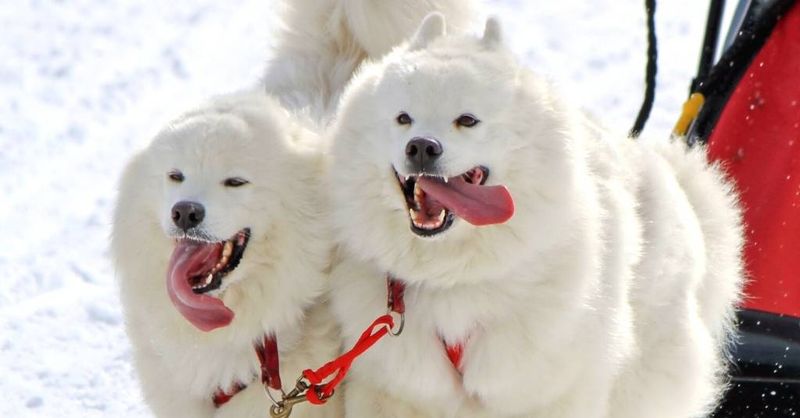
The Samoyed, known for its perpetually smiling face, is a breed synonymous with warmth and companionship. Originating from Siberia, it was used by the Samoyedic people for herding reindeer.
Its thick, fluffy coat provides insulation against freezing temperatures, while its friendly demeanor makes it a beloved family pet.
Did you know? The Samoyed’s unique smile helps prevent drool from forming icicles, showcasing its adaptation to cold environments. This breed embodies both beauty and utility.
Dingo
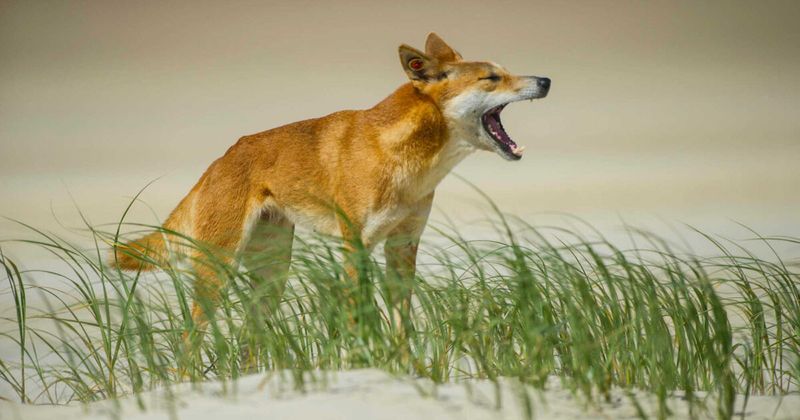
The Dingo, Australia’s native wild dog, is an icon of the Outback. With its tawny coat and keen survival instincts, it thrives in diverse environments.
Unlike domesticated breeds, the Dingo leads a more solitary existence, often forming loose packs. Its adaptability is key to its survival in the harsh Australian terrain.
As a cultural symbol, the Dingo represents the untamed beauty of Australia’s natural world. Its unique status as both a wild animal and a primitive breed intrigues many.
Peruvian Inca Orchid

The Peruvian Inca Orchid, with its striking hairless appearance, is a breed of elegance and history. Originating from Peru, it’s one of the oldest known dog breeds in the Americas.
This breed’s lack of fur highlights its smooth skin and delicate frame, making it truly unique. Despite its ancient roots, it remains a cherished companion today.
Intriguingly, the Peruvian Inca Orchid was often considered sacred by Incan royalty, adding a mystical allure to its already fascinating history.
New Guinea Singing Dog
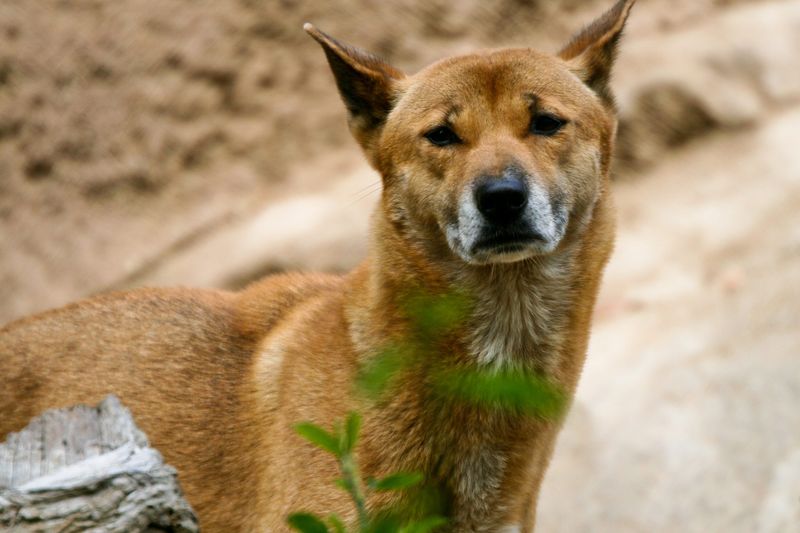
The New Guinea Singing Dog, named for its unique vocalizations, is a rare breed with mysterious origins. Found in the highlands of Papua New Guinea, it remains largely unchanged by modern breeding.
Its ability to produce harmonic sounds sets it apart from other dogs, while its agile body aids in traversing rugged terrain. This breed maintains a close relationship with native tribes.
Endearing and enigmatic, the New Guinea Singing Dog captivates those who encounter its melodic calls, a living relic of the wild.
Thai Ridgeback
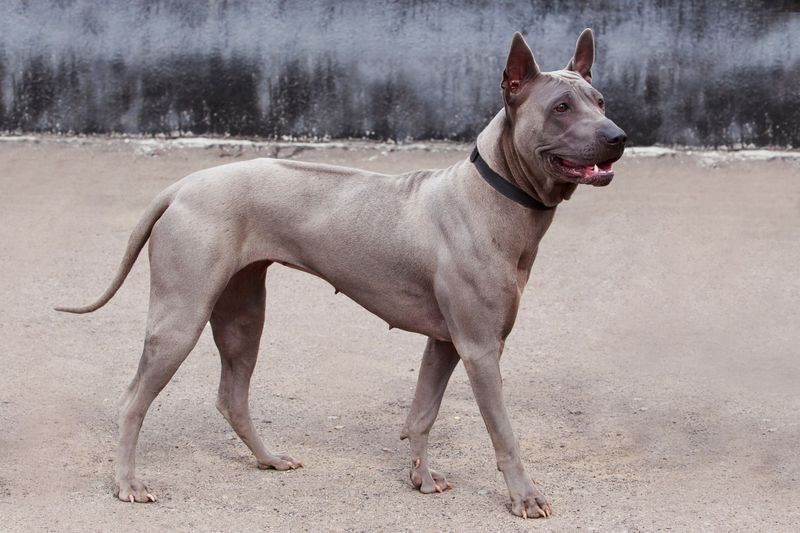
The Thai Ridgeback, with its signature back ridge, is a breed of strength and agility. Native to Thailand, it was historically used for hunting and guarding.
This breed’s short coat and muscular build contribute to its athletic prowess. It’s a loyal companion with a protective nature, making it both a vigilant guardian and loving pet.
The Thai Ridgeback’s unique appearance and capabilities reflect its rich cultural heritage and enduring place in Thai society.
Afghan Hound
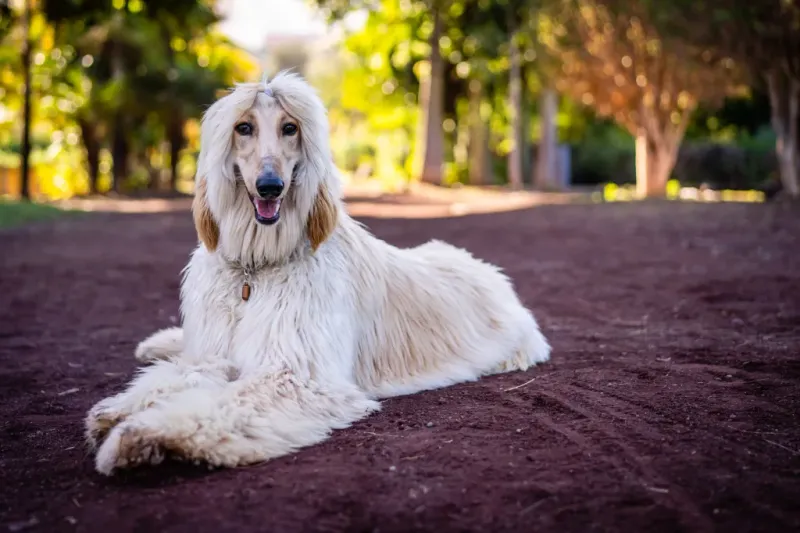
The Afghan Hound, a breed of elegance and speed, hails from the rugged mountains of Afghanistan. Known for its flowing silky coat, it moves with an effortless grace that captivates.
Originally bred for hunting large game, the Afghan Hound’s keen eyesight and swift reflexes are unmatched. Despite its aloof appearance, it forms strong bonds with its family.
This breed’s regal demeanor and exotic beauty have made it a favorite among dog enthusiasts worldwide, representing both history and elegance.
Pharaoh Hound
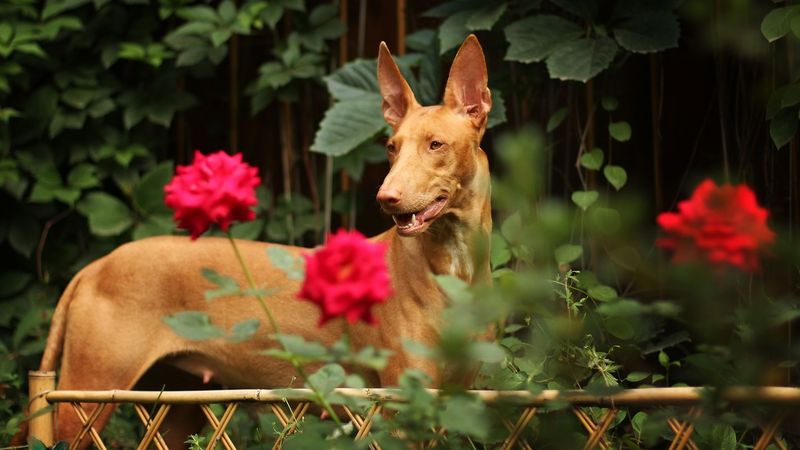
The Pharaoh Hound, known for its graceful appearance and keen hunting abilities, is a breed that traces back to ancient Egypt. Its sleek, tan coat and erect ears give it a regal look.
This breed is not only fast but also highly intelligent, making it an adept hunter. Despite its ancient lineage, the Pharaoh Hound is affectionate and playful.
With a history intertwined with pharaohs and temples, this breed’s allure lies in its blend of beauty and tenacity, a living symbol of antiquity.
Xoloitzcuintli
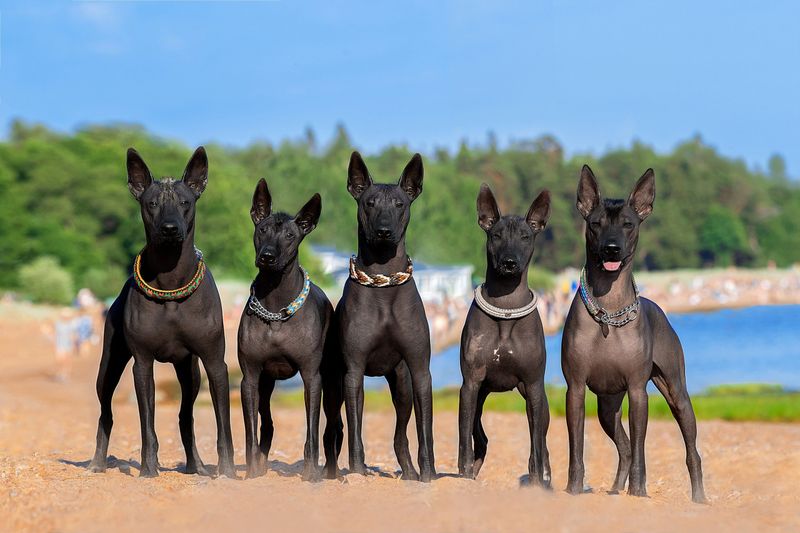
The Xoloitzcuintli, or Xolo, is a breed of deep cultural significance in Mexico. Known for its hairless appearance, it was revered by the Aztecs for its healing properties.
This breed’s smooth skin and alert expression make it instantly recognizable. Its connection to ancient civilizations adds a layer of mystery and reverence.
Today, the Xolo is both a cherished pet and a cultural icon, symbolizing the enduring bond between humans and animals throughout history.
Carolina Dog
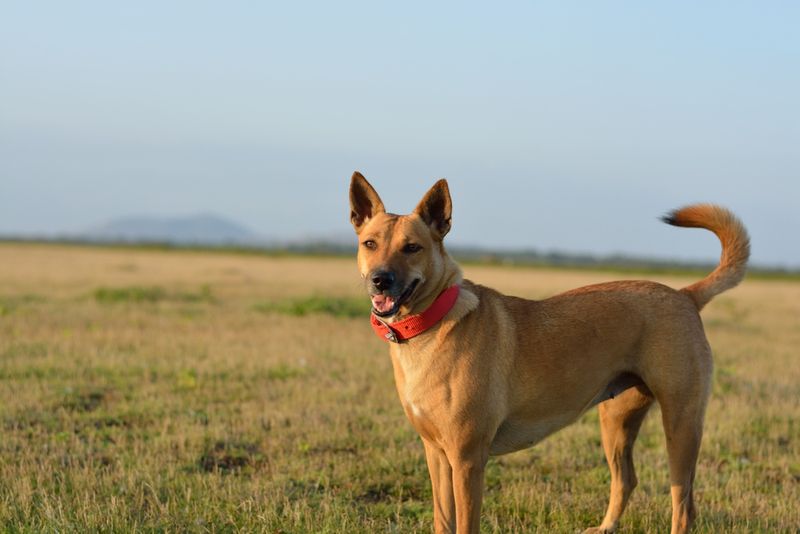
The Carolina Dog, often referred to as the “American Dingo,” is a breed that embodies the spirit of the wild. With its reddish-gold coat and keen instincts, it thrives in diverse habitats.
Originally roving the American Southeast, this breed maintains many primitive traits, making it a fascinating subject for researchers and enthusiasts alike.
As a living piece of history, the Carolina Dog connects the past with the present, offering a glimpse into the untamed world of early America.
Norwegian Elkhound
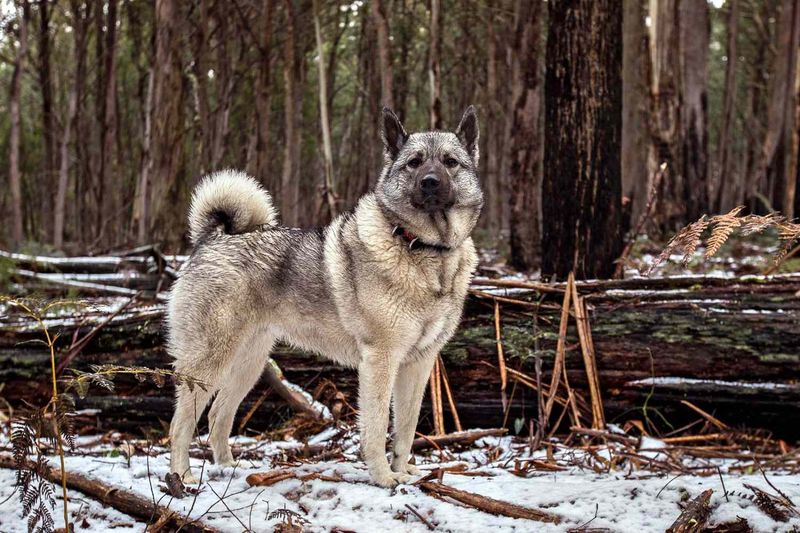
The Norwegian Elkhound, a breed synonymous with Norway’s rugged terrains, is a hunter at heart. Known for its thick gray coat, it is perfectly adapted to cold climates.
Traditionally used for tracking and hunting elk, this breed is both courageous and loyal. Its keen senses make it an adept companion in the wilderness.
With a history that echoes through the fjords, the Norwegian Elkhound remains a beloved symbol of Norway’s natural beauty and adventurous spirit.
Kintamani
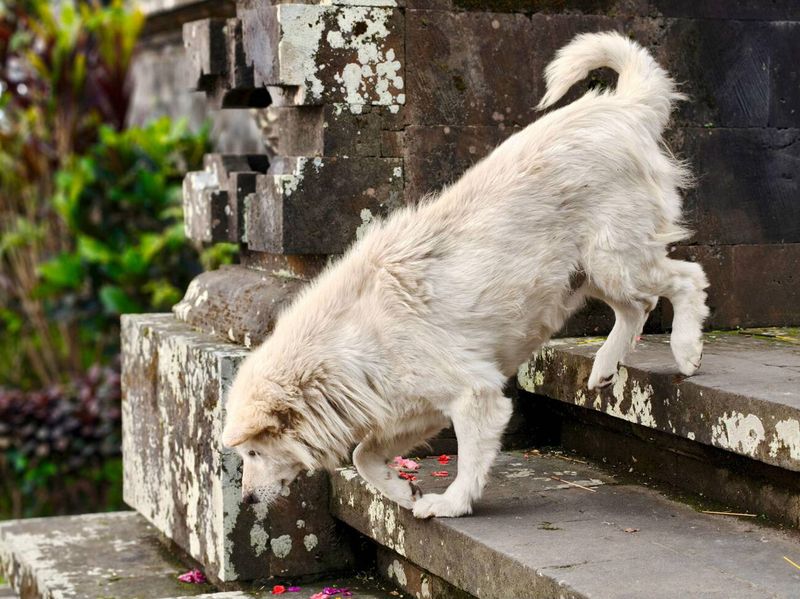
Originating from the captivating island of Bali, the Kintamani is a rare gem among primitive dogs. Known for its loyalty and independence, this breed thrives in the terraced mountain regions of its homeland. With its striking white coat and keen eyes, it resembles the Spitz family in appearance.
The Kintamani’s history is rooted deeply in Balinese culture, where these dogs are often revered as guardians and companions. Their adaptable nature allows them to thrive in both rural and urban settings, making them versatile companions.
Did you know? The Kintamani was only recently recognized as an official breed, yet it has been cherished by locals for generations.

